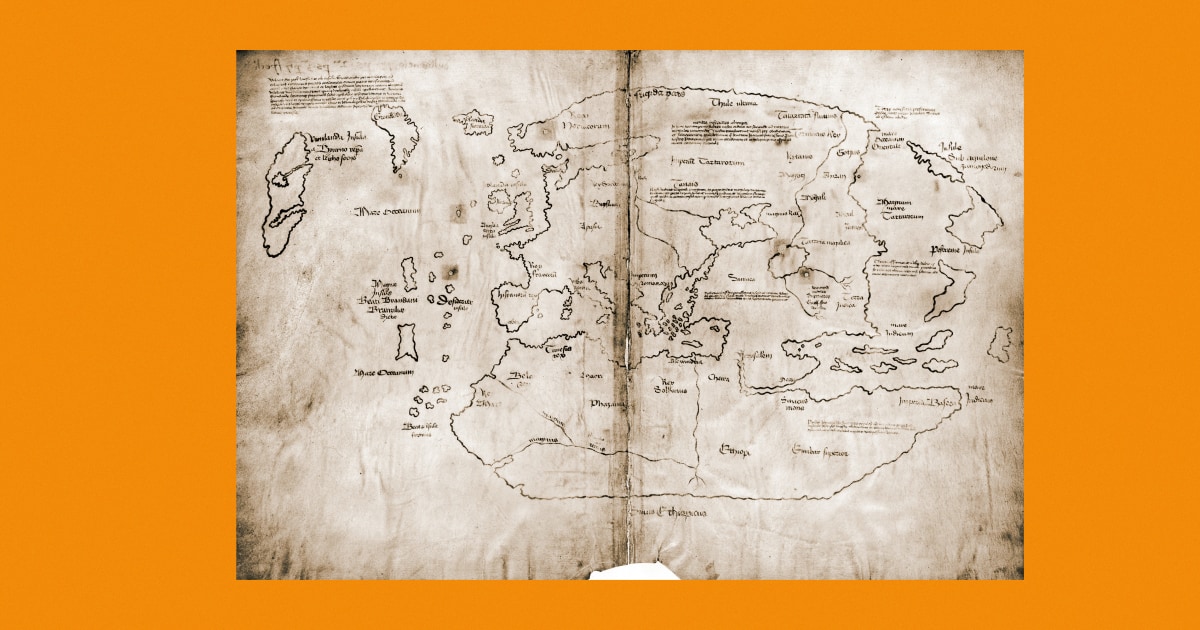
Yale University’s Vinland Map, which has stirred up its share of controversy over claims it was the earliest depiction of the New World, is a fake, the school said.
A team of conservators and conservation scientists found “compelling new evidence” that the parchment map was created using 20th-century ink, according to a statement from the New Haven, Connecticut, school.
The team used a technique called X-ray fluorescence spectroscopy that helped them identify inconsistencies throughout the map. The statement noted that medieval scribes typically wrote using iron gall ink but the analysis of the map showed the presence of a titanium compound that was first produced in the 1920s.
“The Vinland Map is a fake,” Raymond Clemens, a curator at Yale University’s Beinecke Rare Book & Manuscript Library, said. “There is no reasonable doubt here. This new analysis should put the matter to rest.”
The map was acquired by Yale in the mid-1960s and was said to be a 15th-century map depicting a section of North America’s coastline southwest of Greenland known as “Vinlanda Insula,” according to the university.
Earlier studies were conducted on the map’s authenticity but the new analysis was the most thorough one yet and examined the entire document using tools and techniques not previously available. Clemens said he believes the map’s deception was intentional.
“The altered inscription certainly seems like an attempt to make people believe the map was created at the same time as the Speculum Historiale,” Clemens said. “It’s powerful evidence that this is a forgery, not an innocent creation by a third party that was co-opted by someone else, although it doesn’t tell us who perpetrated the deception.”
According to Yale, the team plans to put their work and findings in scholarly articles. Clemens added that he hopes to publish an article in a cartography journal.
The map has been housed at Yale’s Beinecke Rare Book & Manuscript Library and will remain there. Although it’s a fake, it has become a historical document, according to Clemens.
“Objects like the Vinland Map soak up a lot of intellectual air space,” he said. “We don’t want this to continue to be a controversy. There are so many fun and fascinating things that we ought to be examining that can actually tell us something about exploration and travel in the medieval world.”
Source: | This article originally belongs to Nbcnews.com










